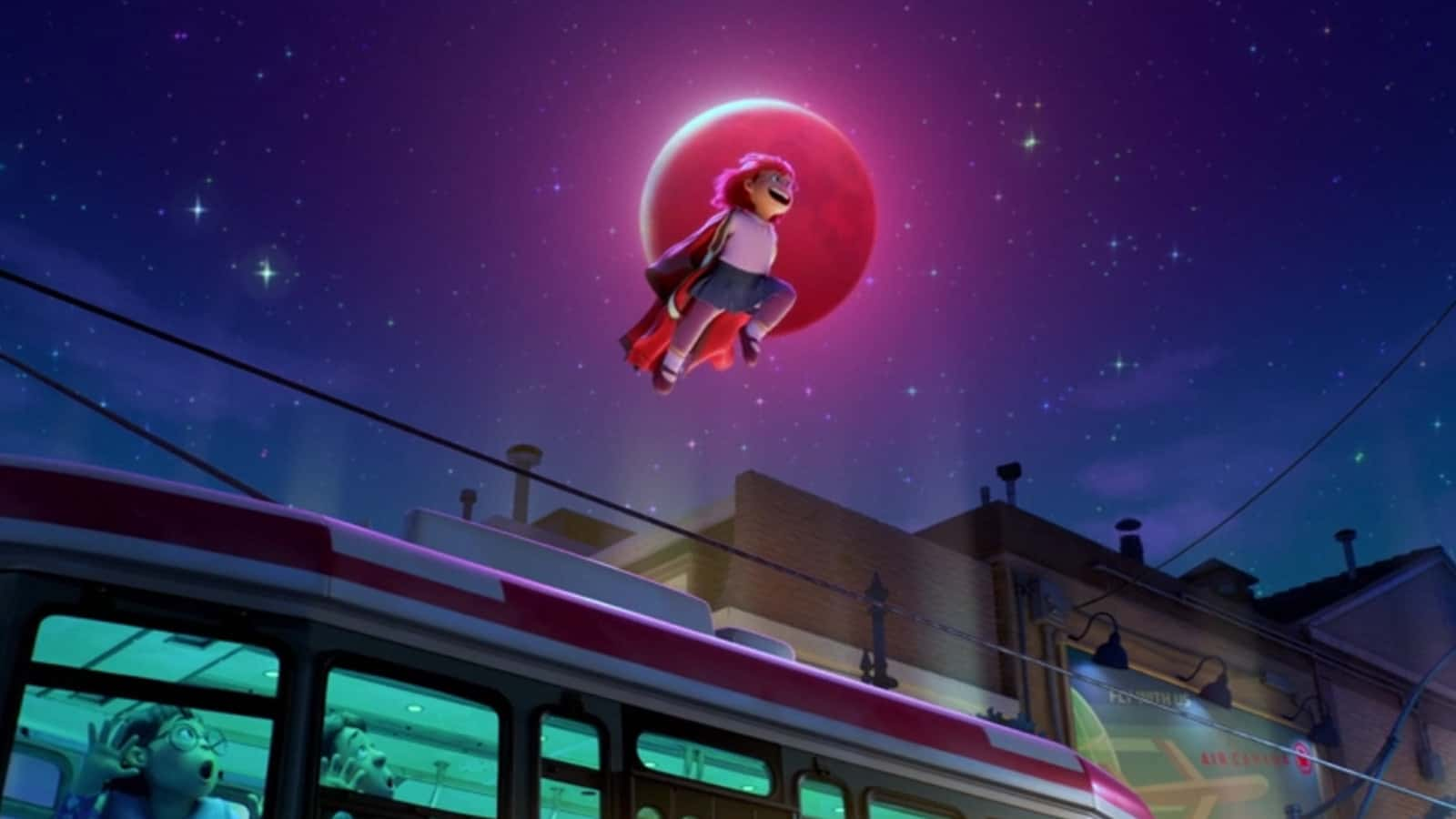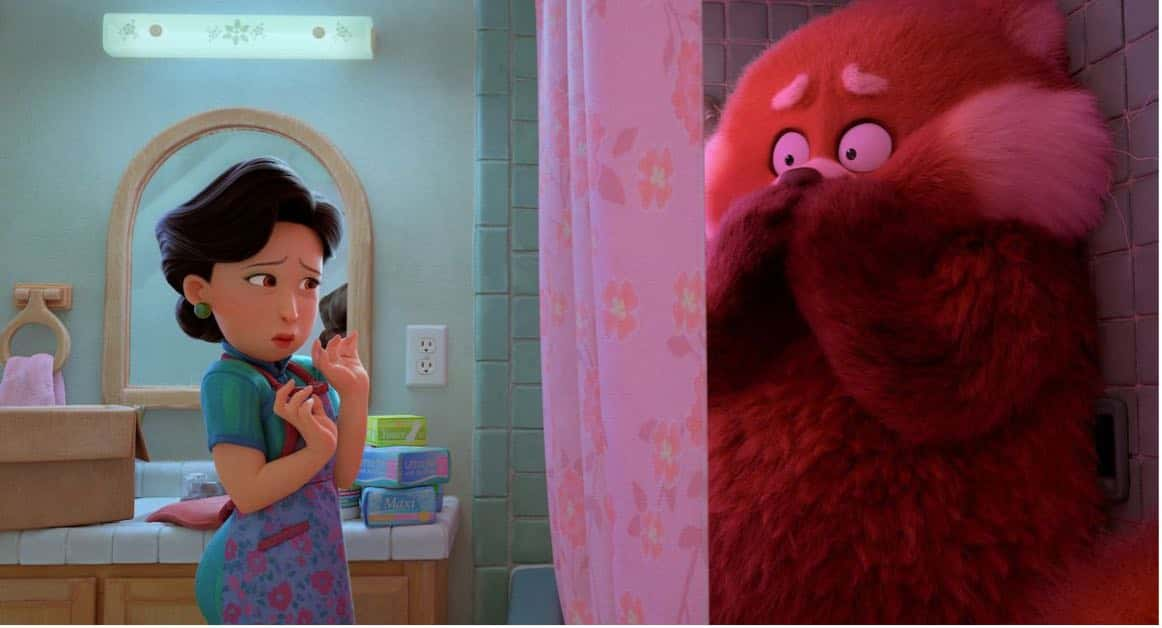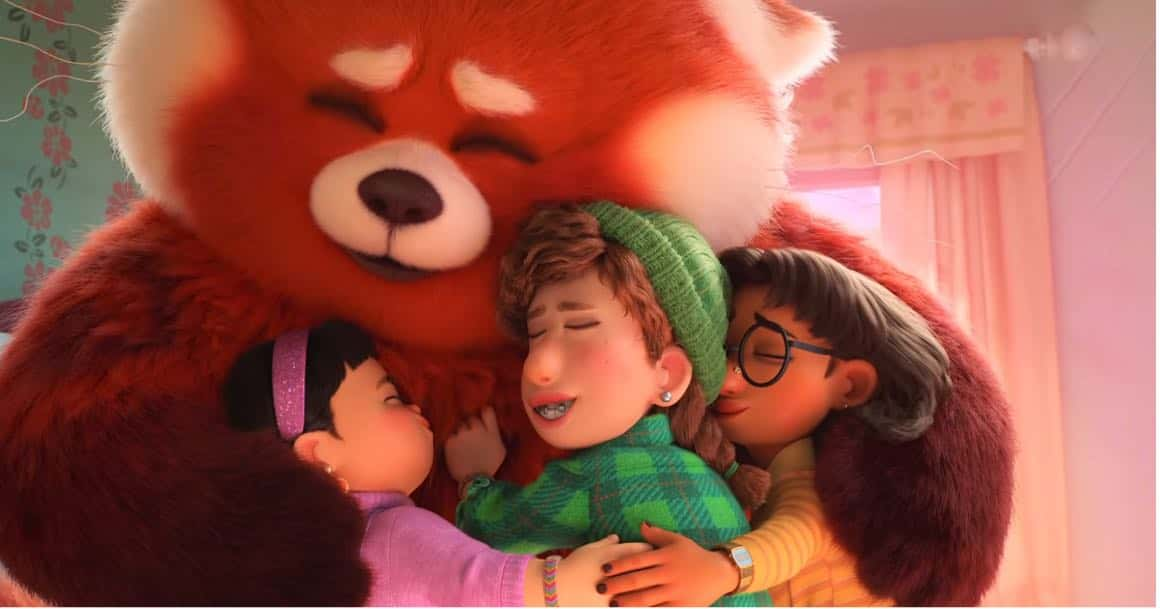Turning Red Review: The Importance of Growing Up — Frankie Fry, BA (Hons) Animation

Images courtesy of Disney/Pixar
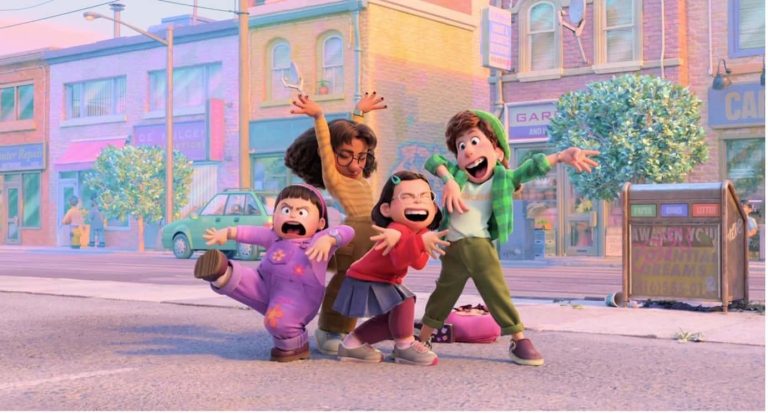
Image courtesy of Disney/Pixar
Review by Frankie Fry, BA (Hons) Animation I’m so happy right now. I’ve watched Turning Red twice at the time of this review, and to see the type of movie be released that I wanted to see as a kid is amazing. This film is progressive in many ways, being Pixar’s first film directed by a woman, Domee Shi, and having a screenwriting and story team composed solely of women allows a story to be told purely from that perspective, which is very refreshing. Now Pixar and Disney are moving into a new era, one where they are presenting films with a more indirect audience in mind, more unique and personal stories are being told. Whilst they communicate universal themes with which a global audience can relate, they also further connect with a specific audience through the representation of a particular identity or culture. Audience members who don’t partake in Chinese cultural customs and traditions can still appreciate being presented with a non-stereotyped version of said culture. It’s a learning experience for everyone, which is pretty great, right?“To see the type of movie be released that I wanted to see as a kid is amazing.”

Image courtesy of Disney/Pixar
Studio Ghibli inspired animation
Before talking about the themes of the film, I have to discuss the animation. Whilst Cloudy with a Chance of Meatballs may have been the prototype for this style way back in 2009, it seems Spider-man: Into the Spiderverse has cemented it in mainstream animated film – which is really exciting to see. This incorporation of 2D elements in 3D animation, such as flat frame composition, lower frame rate and going off-model, is something that more films are utilising, as with this film and the upcoming features: The Bad Guys and Puss in Boots: The Last Wish. You can see this in Turning Red with the exaggerated expressions, poses and character design. The colours are all poppy; with Mei standing out with a stark red palette whilst the two people she cares about most, her mother Ming and her bestie Miriam, are in different shades of green. These complementary colours are great and the costumes of these three characters help tell us about them, Miriam being a relaxed skater and Ming being a very culturally traditional mother figure. Mei’s red panda design itself is so lovely and round and fluffy; the fur texture and grooming done on the model makes it look very plush and huggable. The influence of anime in this movie is also evident through certain shot compositions and having a premise similar to that of magical girl shows like Sailor Moon. Even the way the characters are designed feels very inspired by Studio Ghibli; it’s all very friendly and vibrant. Incorporating all these different elements, Domee Shi has definitely created a unique film that tells an empowering and feminine story.“This incorporation of 2D elements in 3D animation such as flat frame composition, lower frame rate, and going off-model is something that more films are utilising, such as this film and the upcoming features The Bad Guys and Puss In Boots: The Last Wish.”
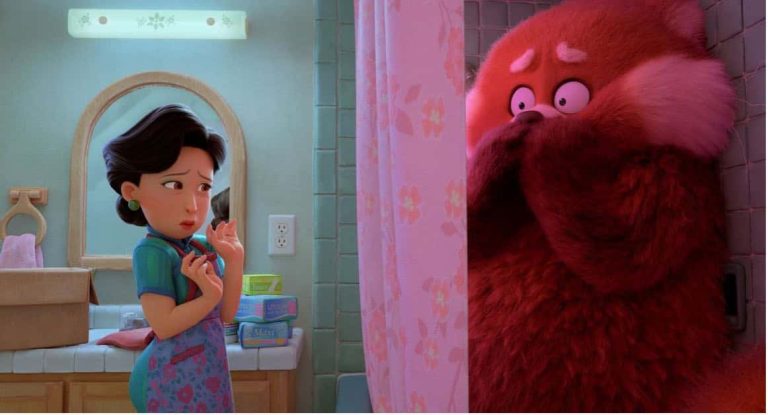
Image courtesy of Disney/Pixar
Progressive and personal themes
One of the themes the film explores is the open and positive discussion of common things girls experience like periods. This is something I didn’t expect to see and think it’s great that it’s being represented in such a way that doesn’t purely make it ’embarrassing’ or ‘gross’. It also allows the girl group to interact with each other authentically and seeing as Domee Shi drew on her own childhood experiences to tell this story, it creates a very personal film. The PG rating and use of words like ‘sexy’, ‘drugs’ and ‘stripper’ has drawn some criticism, but to me, it’s accurate to how 13-year-olds speak. I remember swearing and being crass at that age, and I’m glad to see girls being portrayed like this and not just as pretty and innocent. Along with the cultural elements, you also have characters connecting and going through arcs intergenerational. We saw this in Disney’s Encanto with the discussion of generational trauma and the pressures children face to be a certain way for the parent, developing complexes and anxieties that I, and many others, related to. Turning Red also introduces this with Meilin’s relationship with her mother, Ming, and Ming’s relationship with her own mother, Grandma Wu. The constant pressure Ming faced to be a certain way caused her emotions to become volatile, which as seen in the film, means a huge panda. That explains why she seems very overbearing and controlling on Mei. Like Abuela in Encanto, I like how both films don’t just paint these people as straight-up villains; it’s such a multifaceted issue that, whilst their actions may not be excused, they are at least explained so we can empathise with them. And most importantly, Ming recognises the pressure she’s put on Mei and apologises, allowing both to move forward and pursue a healthier relationship with a greater understanding of each other. It’s a beautiful modern-day fairy tale ending that presents these intimate issues for a mainstream audience to understand and process, while bringing attention to the importance of mental health.“Domee Shi drew on her own childhood experiences to tell this story, creating a very personal film”
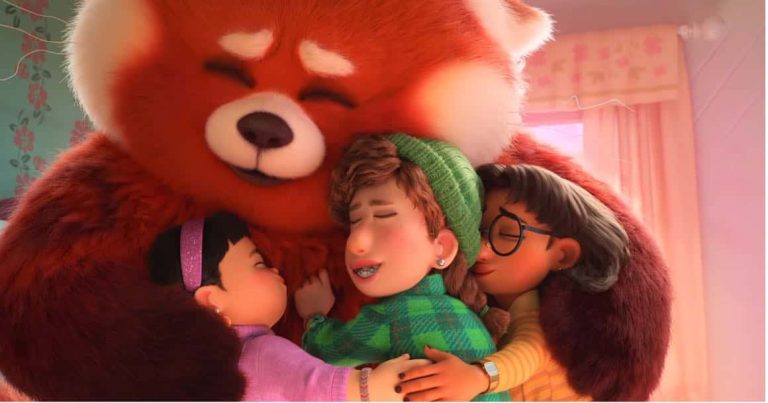
Image courtesy of Disney/Pixar
Final thoughts
Overall, Turning Red is a great addition to the Pixar roster. Being a film that explores so many new topics in a unique way with a focus on friendship, growing up and learning to accept you for you, is something that many kids and adults need. Turning Red is exclusively available on the Disney+ subscription service so if you have it, go watch it! Find out more about BA (Hons) Animation (opens in a new window)Gallery
Other interviews
-

Dear future international students – Diya Vaya, BA (Hons) Film and Moving Image Production
-

Inside Interchange Week with Stokely Howard of Trendy Grandad
-

Shape Shift Converse Rework: Authentic co-creation of art in mental health settings
-
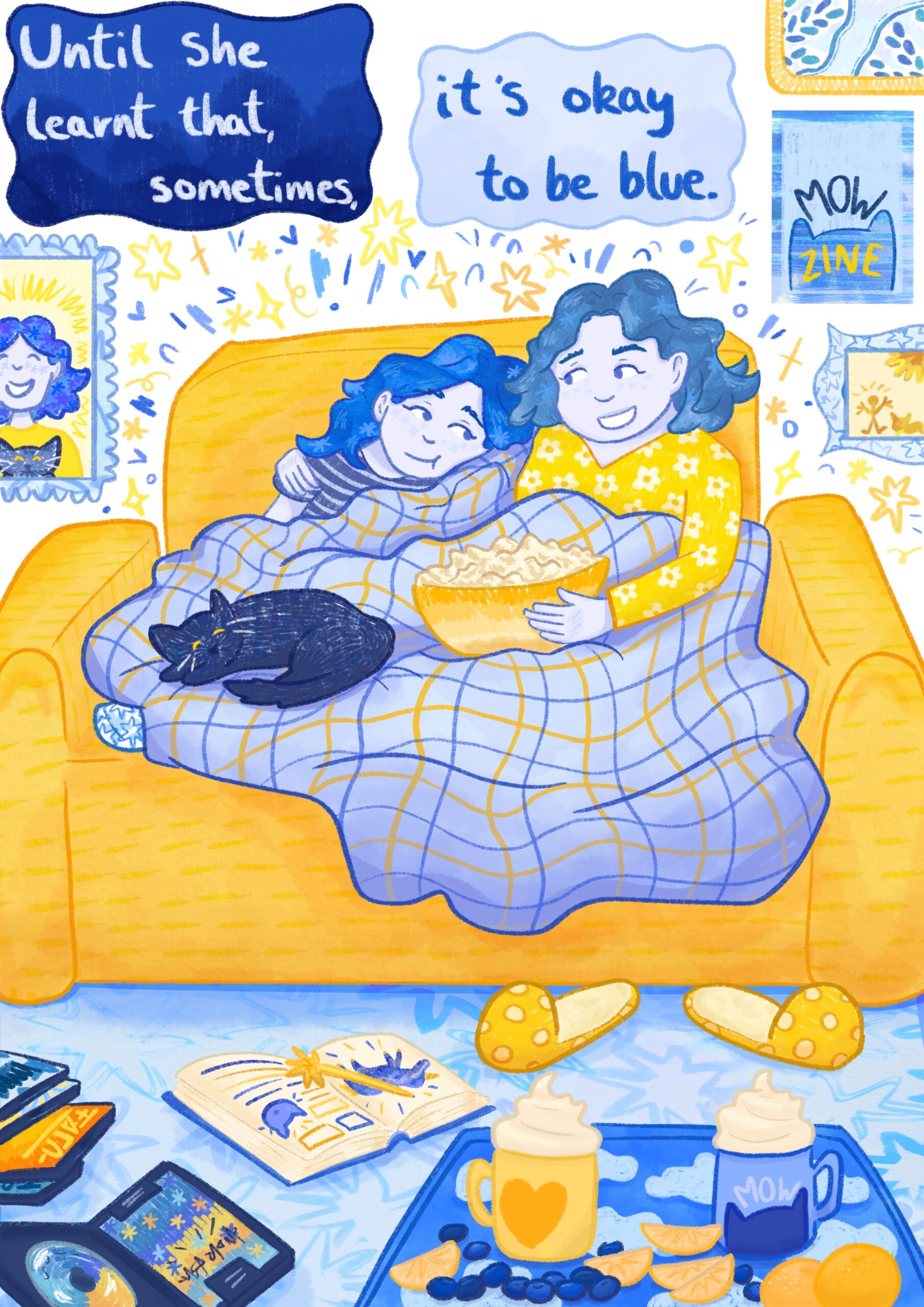
In conversation with Gabriella Mason, BA (Hons) Illustration
-

In conversation with Cassie Muskett, BA (Hons) Graphic Communication
-
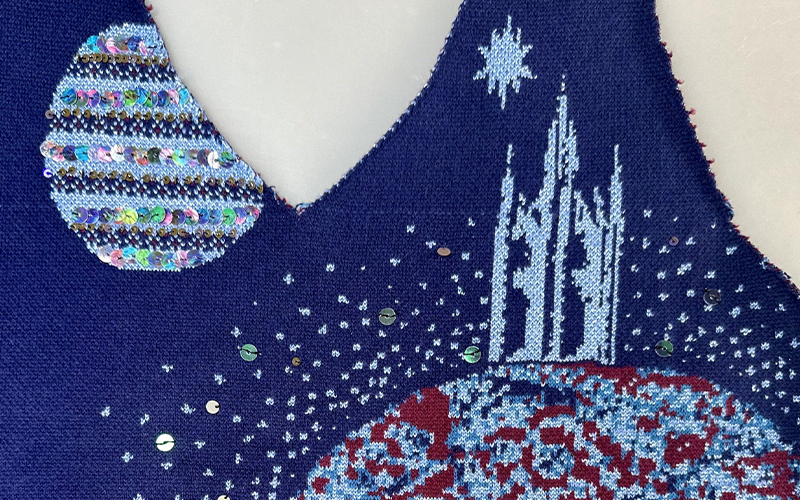
Embracing AI in Textile Design: A journey of creativity and collaboration
-
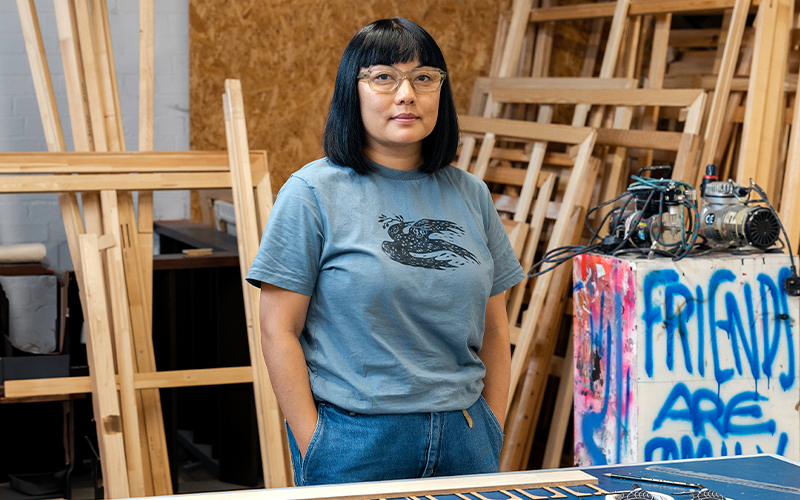
In conversation with: Alice Lee, BA (Hons) Illustration lecturer
-
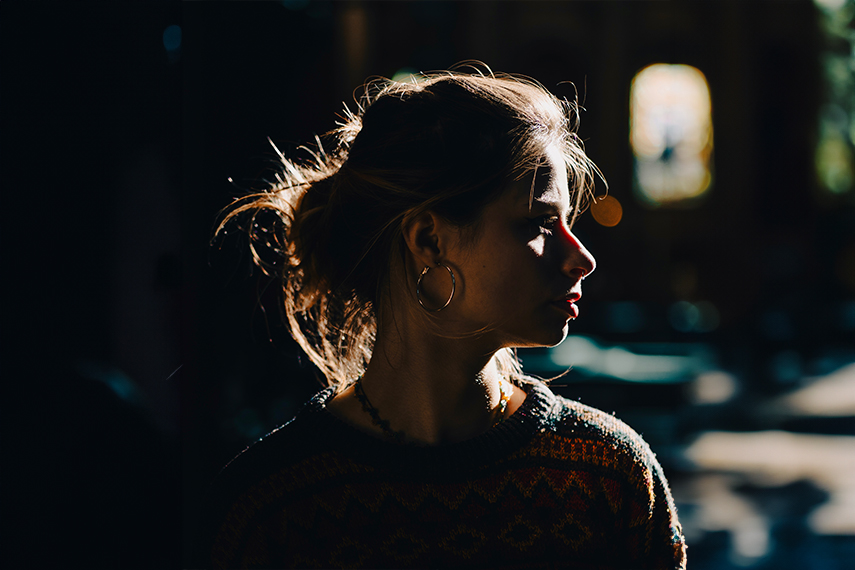
In conversation with: Lucien Kelman, BA (Hons) Animation
-
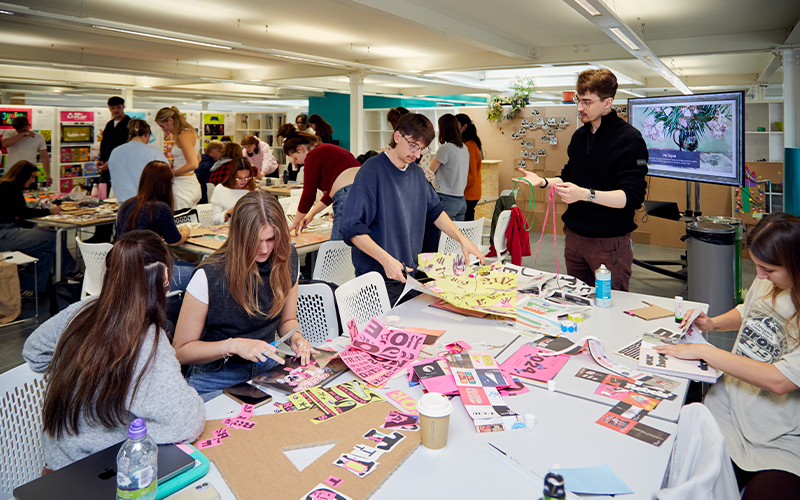
In conversation with: Sam Butler, BA (Hons) Graphic Communication
-
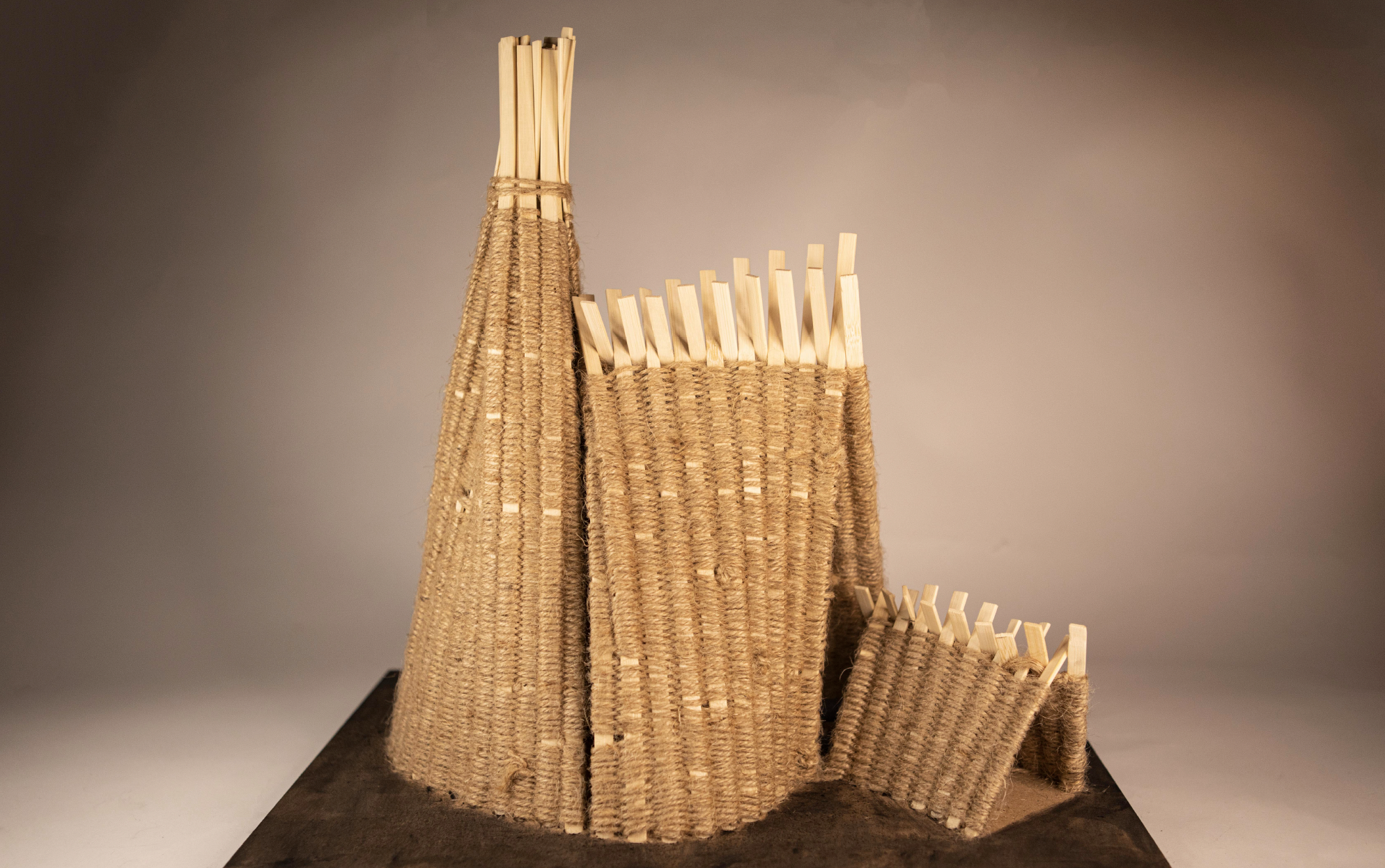
In conversation with: Tracey Lin, BA (Hons) Architecture student
-
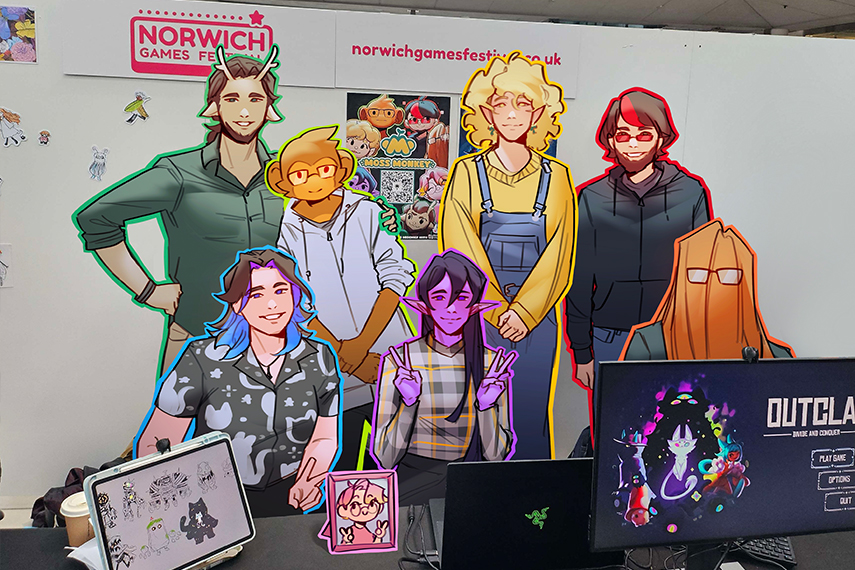
In conversation with: Iz Head, BA (Hons) Games Art and Design
-

In conversation with: Clara Barton, BSc (Hons) User Experience Design student

